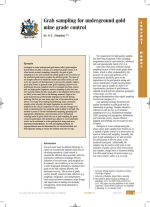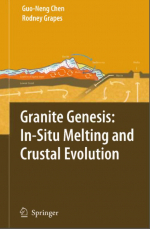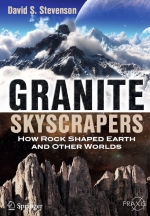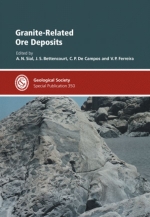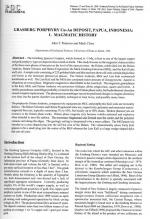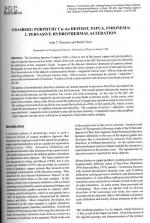A granite is a massive crystalline rock exposed at the Earth’s surface by weathering; it derives from the cooling of granitic magma at depth a long time ago. It has millimetre- to centimetre-sized grains, which are usually white to grey in colour reflecting its chemical composition, i.e. rich in silica and poor in iron. Its mineral composition is principally made of quartz, alkali feldspar, plagioclase and sometimes white mica for light-coloured minerals, as well as biotite and occasionally amphibole, clinopyroxene or orthopyroxene for the dark-coloured minerals. Other minerals occur in minor amounts, hence are called ‘accessories’. These may include tourmaline, garnet, apatite, zircon, monazite, ilmenite, magnetite, topaz and occasionally rare earths and metal ore minerals. <...>


